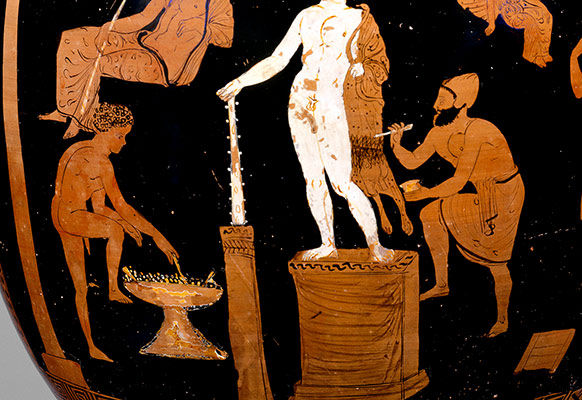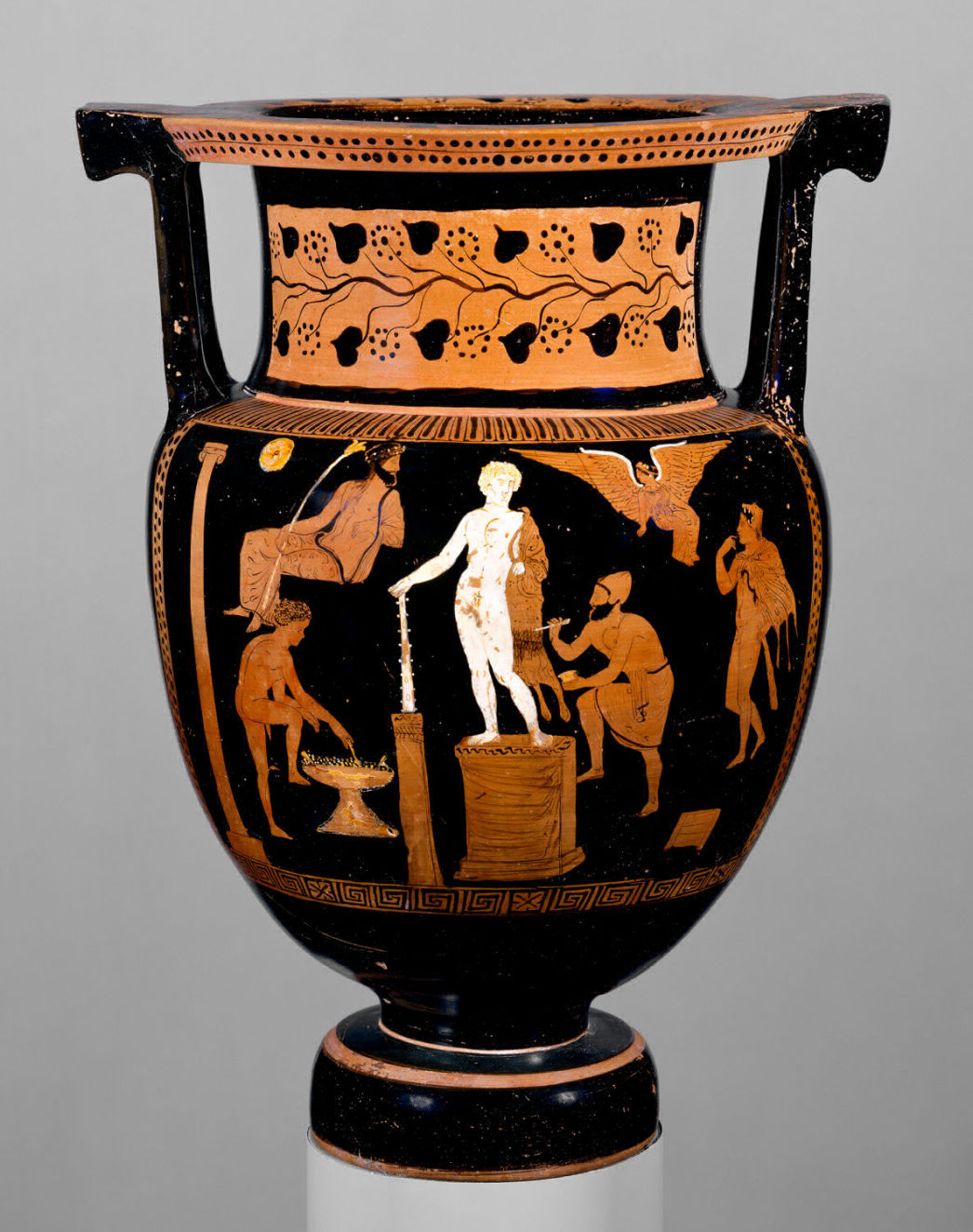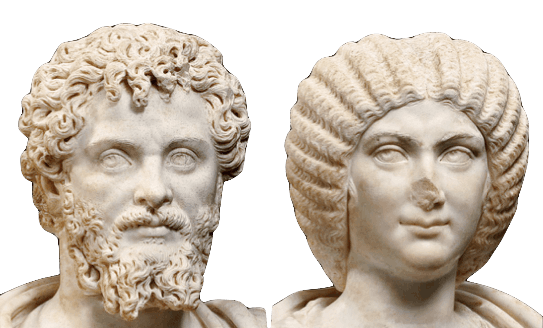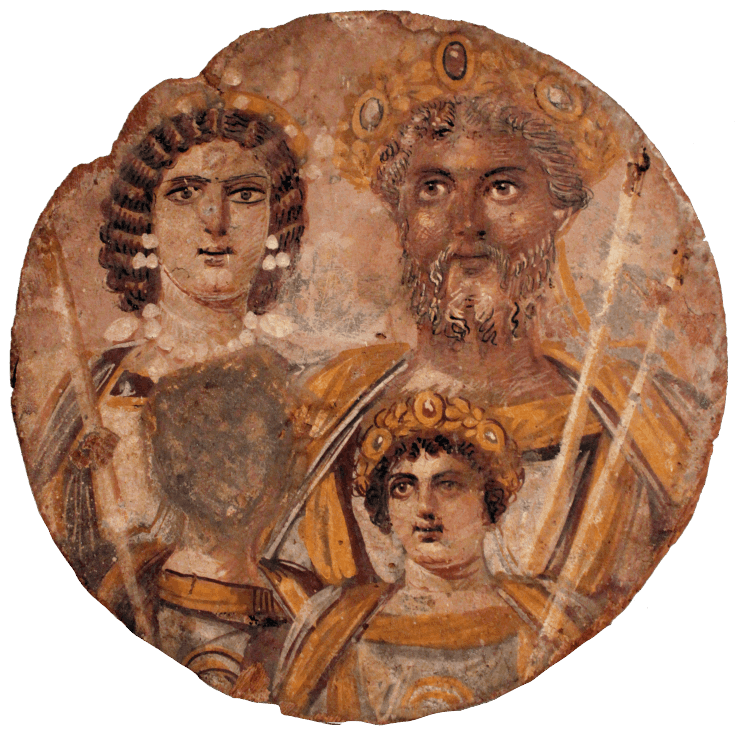But the equation of white marble with beauty is not an inherent truth of the universe. And where this standard came from and how it continues to influence white supremacist ideas today are often ignored. Currently, in the global north the idea and purported aesthetics of a Greco-Roman white refinement have been used for a search of identity, including by some white supremacist and fascist groups. FASHWAVE, for example, is a fascist group that utilizes the aesthetics of classical—presumably white—sculpture to put forward their white supremacist ideology. While their version of antiquity is shallow, poorly contextualized, and un-nuanced (see
How to Be a Good Classicist under a Bad Emperor), the consequences of their usage of classical visual aesthetics run deep.
Identity Evropa is another example. Based in the United States, Identity Evropa is a neo-nazi, alt-right group that is based in the United States, that has looked to antiquity as a way to legitimize their belief in white supremacy. In this way, ancient statues are currently being used as a tool to justify racism.
This is particularly relevant today. Europe in the 21st century is undergoing an identity crisis, related to notions of belonging, loss of heritage, immigration, cultural intermixing, and economic and political instability. There is a
rise in neo-fascism, which is entangled with a fear of difference, a fear of immigration and racism. This situation not only allows for, but requires a re-examination of identity as connected to cultural heritage.
Between April of 2017 and November of 2018, a sleuth of articles by professor of Classics Sarah Bond—
Why We Need to Start Seeing the Classical World in Color, Whitewashing Ancient Statues: Whiteness, Racism And Color In The Ancient World, and more—appeared in major newspapers ‘revealing’ classical polychromy to the general public, both in print and electronic form. Until then, according to some, many Westerners had been engaged in an “act of collective blindness”. The re-discovery of classical polychromy in the mainstream media has opened up a conversation around questions of cultural heritage, its appropriation, and the role of artifacts in explaining the past as well as the present. In the current socio-political state of what was once a multi-ethnic Roman Empire, developing tools to attempt to answer these questions is critical.
ColorColab will be one of these critical tools. Offering visitors an opportunity to embody an interaction with the past—as well as challenge their beliefs about the present—will serve as a tool for rethinking, mending, and strengthening of the social fabric.





